Safety warning to farmers
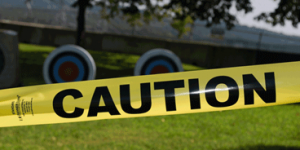 The Farming industry is no longer a booming sector that guarantees jobs, not like in days gone by. In fact only 1.8% of the workforce in Britain is considered to be part of this sector. Despite this though the accident rate makes up about 19% of accidents in the UK every year.
The Farming industry is no longer a booming sector that guarantees jobs, not like in days gone by. In fact only 1.8% of the workforce in Britain is considered to be part of this sector. Despite this though the accident rate makes up about 19% of accidents in the UK every year.
So this week I thought that I should yet again look at Farm safety. In this article we will identify the most common dangers and some you’ve probably never even thought of, to try and ensure that your farmyard can be as safe as possible
This week’s 2 recent HSE cases look at situations that should never have been allowed to happen
- Edwin Heaney failed to take reasonable care of colleagues, while operating a construction site vehicle on a house build site.
- A 54-year-old employee suffered severe cement burns to his knees while laying concrete flooring.
As ever, if you have a subject that you would like us to cover one week, please contact us by phone 01458 253682, email, or via our Facebook page or by Twitter.
Safety warning to farmers
Many Farmyards in the UK sadly, do adhere to strict Health & Safety codes and practices, largely because many are passed from father to son, however with working in such a manual and 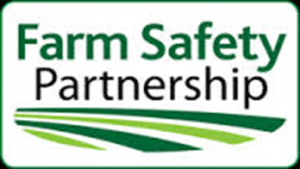 practical based business comes a heightened level of risk.
practical based business comes a heightened level of risk.
The rate of illness is also significantly higher in the Farming sector than the average from other workspaces. There are four common injuries and illnesses associated with this sector; vehicular, falls from height, heavy lifting and handling and hazardous substances
Don’t leave it to FATE
Last time we looked at safety on farms, we considered four key areas (Falls, Animals, Transport and Equipment) “FATE”:
- falls from height;
- livestock incidents;
- workplace transport;
- equipment/machinery incidents.
So this time I thought we should consider Risk Assessment, Confined Spaces, Hazardous substances and of course, Livestock.
Risk Assessments
Nearly all accidents can be prevented if the risks and how to avoid them are clearly outlined. By being proactive in your approach to safety on the farm and thinking about what can be done before an accident happens, can go a long way to improving safety. But being realistic it’s quite hard to imagine all accidents will be eradicated, we’re all human and these things do happen.
Completing a risk assessment enables you to identify which areas of the business are posing the biggest safety risks to the workers on the farm. If you’re unsure on how to complete a risk assessment, call Wilkins Safety Group who can run courses outlining the best ways to complete these assessments, or we can help you with writing up your assessments. But once these are complete you will be able to outline proactive procedures to try to avoid similar accidents in the future.
The following Risk Assessment Process Diagram (credits: ready.gov) shows you the sort of hazards, risks and potential impacts should something go wrong.
The law requires any employer or self-employed party to regulate their own health and safety risks and whilst you’re not expected to completely eliminate risk, there should be at least realistic steps to attempt to stop it from happening.
What you cannot do is ignore risks and hope that nothing happens.
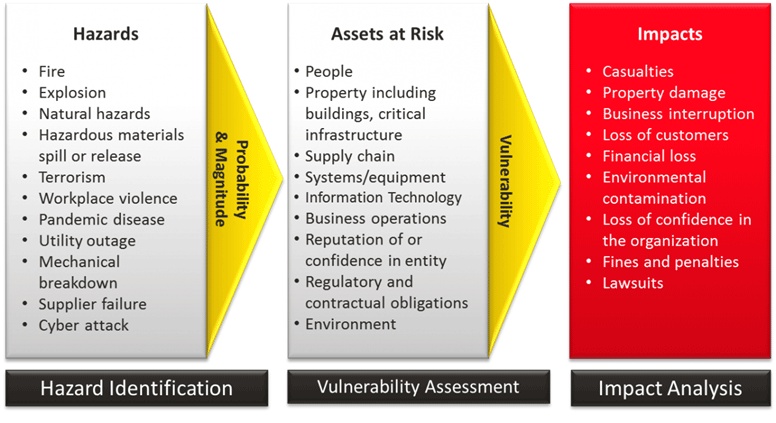
Working in Confined Spaces
Farming can be a wonderful life in many ways because you can split yours and your worker’s time between indoor and outdoor spaces. But it is often these indoor areas that can be dangerous because of confined spaces. The typical confined spaces include fuel storage tanks, silos and slurry pits, and these can present a range of hazards. Drowning, suffocation and toxic gas inhalation all sound shocking but they are very real dangers.
Top safety tips if you have to work in confined spaces:
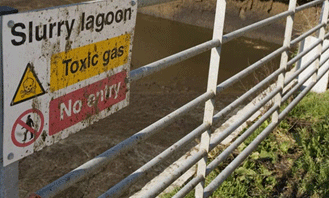
From The Guardian
- Can the work be carried out outside the space if possible.
- Are those entering confined areas fully trained and is it only done if it is safe to do so and when absolutely necessary and only if the area is fully ventilated.
- Are the operatives fully advised of the risk assessment and have they been given the necessary PPE. Also can they decide on any necessary additional precautions when doing the task.
- Are you sure that slurry tanks, pits and sumps are given adequate room to be ventilated?
Working with Hazardous Chemicals
There are many chemicals used in modern farming. From weed killers to fertilisers, tractor oils and paints, cleansing liquids and even dust in the hay barn, there are hazardous chemicals all around the farm. In order to manage the risks associated with hazardous chemicals, you should ensure you and your workers are using the least toxic chemicals available. But if this isn’t possible, you should consider placing control methods.
Top safety tips if you have to work with hazardous chemicals:
- Ensure lids are placed on all bins and storage receptacles.
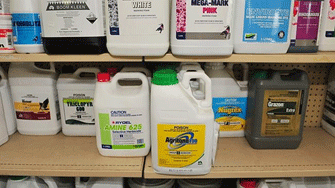
- Keep all transfer points and conveyors enclosed.
- Install dust extractor fans.
- Ensure all employees have access to protective clothing and equipment and that they use these properly when needed.
- If exposed skin comes into contact with hazardous substances, clean it off, keep skin moisturised and dry.
Some dusts, like grain and poultry, can cause asthmas and respiration problems. All of your workers should take regular health and fitness checks
Livestock
Handling livestock is of course a major part of farm life and is a huge source of injury. Your risk assessment should not only cover you and your employees, but it should also cover animal health professionals like vets and of course the animals themselves. You should have proper restraining and handling equipment already to hand to minimise risk when working with the livestock.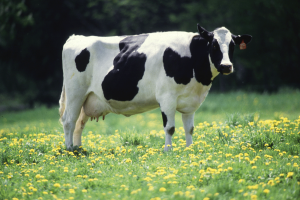
All farm employees should all be correctly trained in the handling and moving of the animals. Equipment such as pig boards, paddles or flat slap sticks, should be maintained to avoid sharp edges to avoid harming the animals.
Handling cattle always involves risks, e.g. from crushing, kicking, butting etc.
Top safety tips when handling livestock:
- The risk is greater if the animals have not been handled frequently
- Never underestimate the risks, even with good precautions in place
You should have:
- proper handling facilities, that are well maintained and in good working order
- a race and a crush suitable for the animals to be handled
- trained and competent staff and
- selection of breeding animals with the aim to improve herd temperament
Following these basic tips and guidelines will help avoid unnecessary accidents and injuries. As previously mentioned it is impossible to cut out all accidents in a high risk environment, human error will always be a factor.
As farmers know, farms can be dangerous places so it is important that everyone on a farm takes the necessary steps so that they can stay safe while farming. However, some farmers still need to change behaviours and attitudes by promoting the steps that can be done to reduce the risks of common farm jobs.
Most people in the industry will be able to recall a close call situation that could so easily have resulted in serious injury or even fatality. By adopting some simple steps as part of everyday working practices we can reduce the number of accidents and deaths on British farms.
The high rate of deaths in the farming sector underlines the industry’s poor record of managing risks. Every year too many people are needlessly killed and injured on British farms.
If you need further information please call us on 01458 253682 or send us an email.
Training Courses
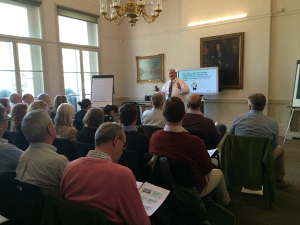
We have no more open courses organised for this year but shall be running new courses again in 2016.
But remember we are still available for running “In House” courses and we have two of these organised in December covering Asbestos and CDM2015.
If you have any questions about these courses or any other training or would like us to run a particular course for you, call Jon Wilkins of the Wilkins Safety Group on 01458 253682 or email him.

Your business is safer in our hands.
